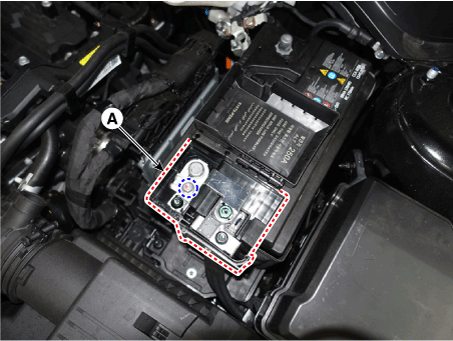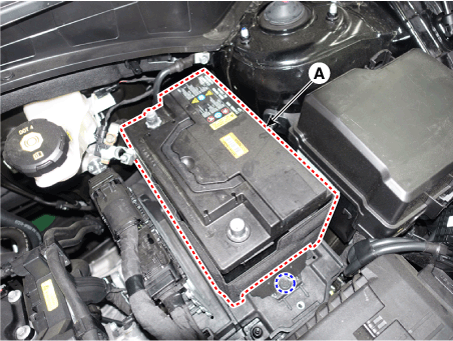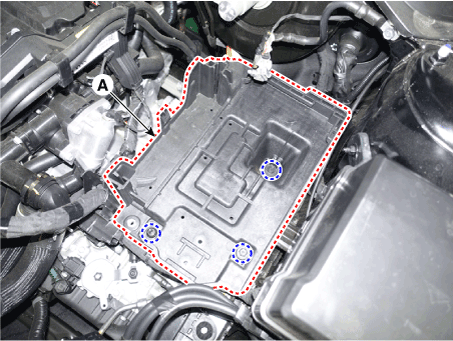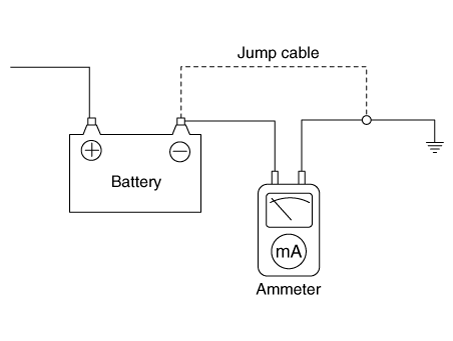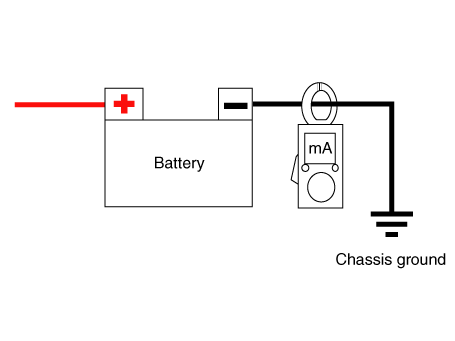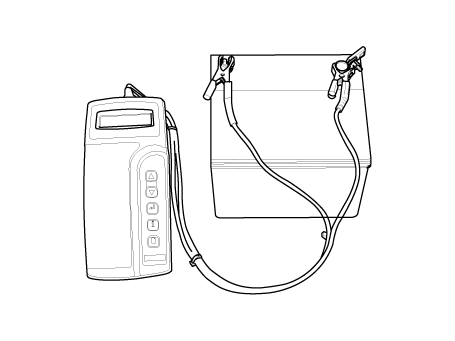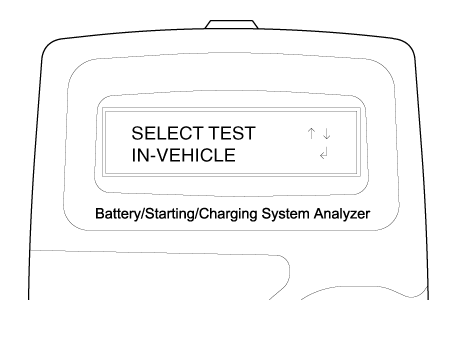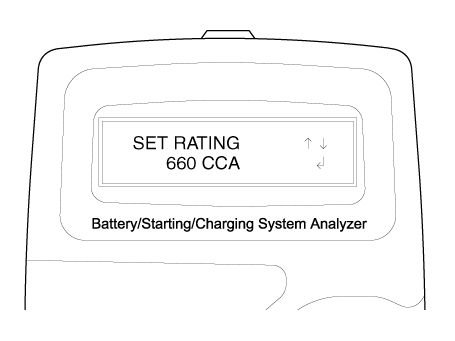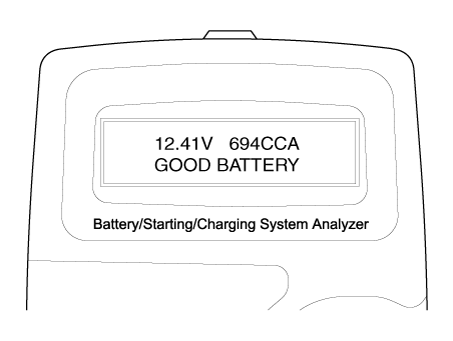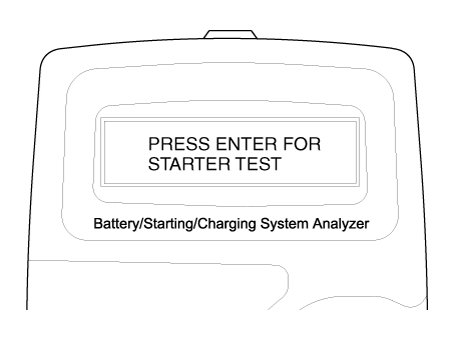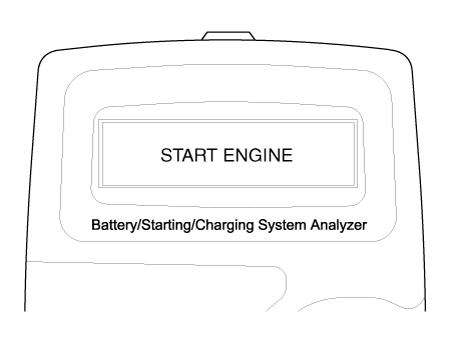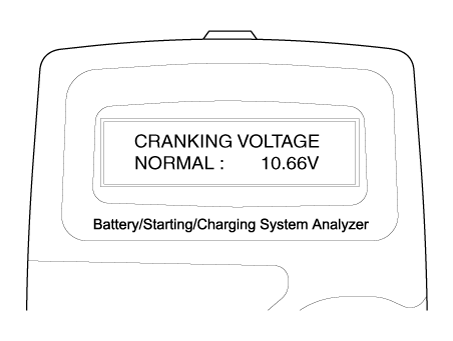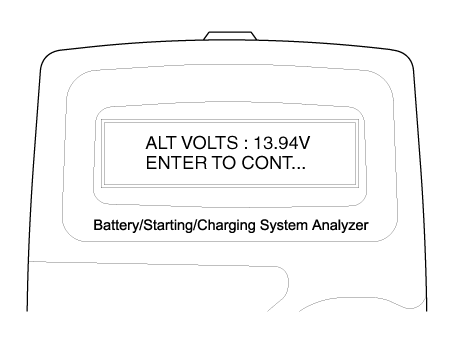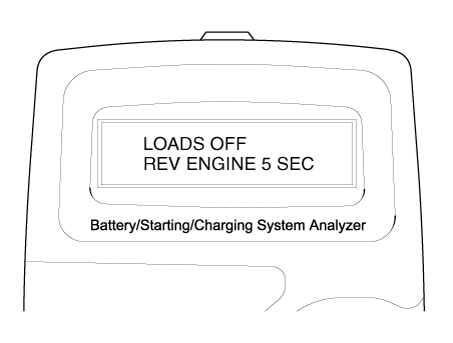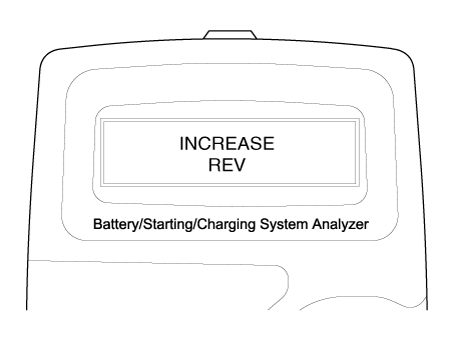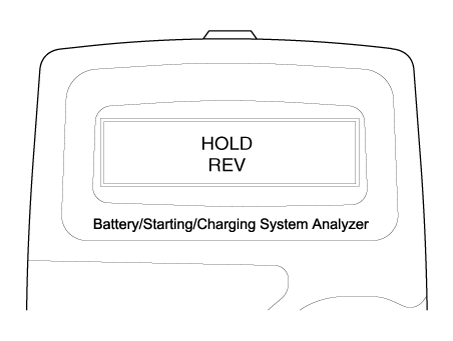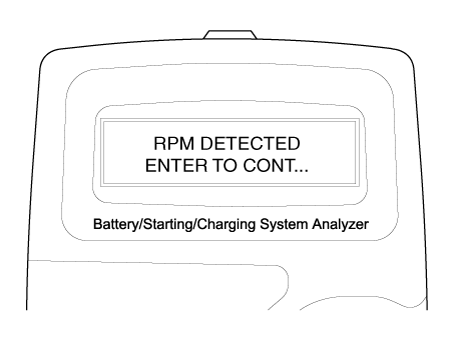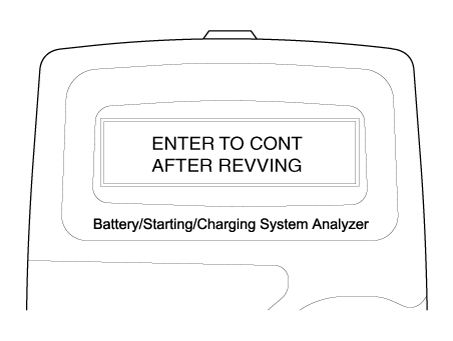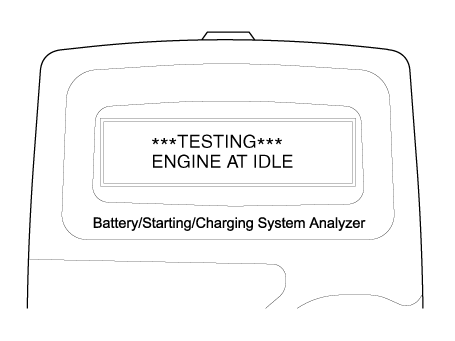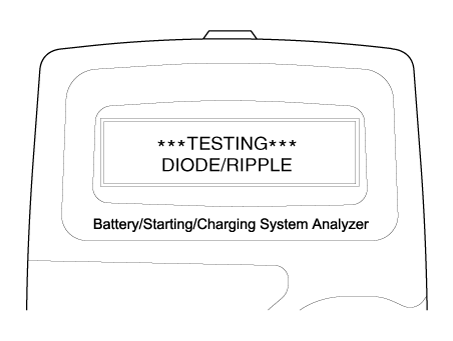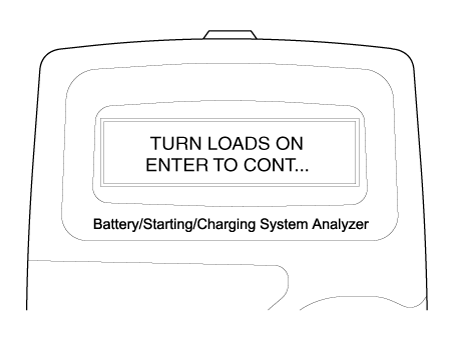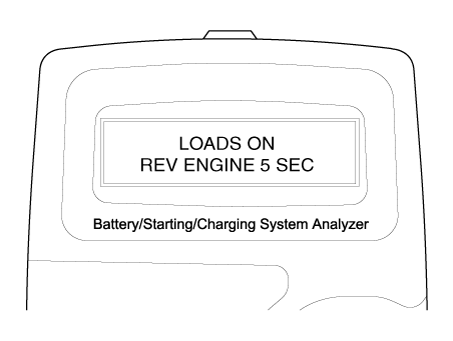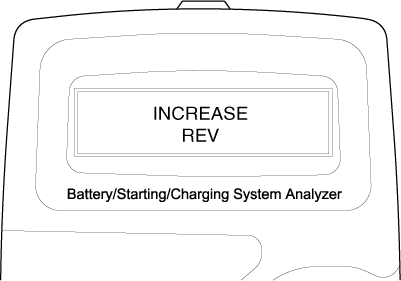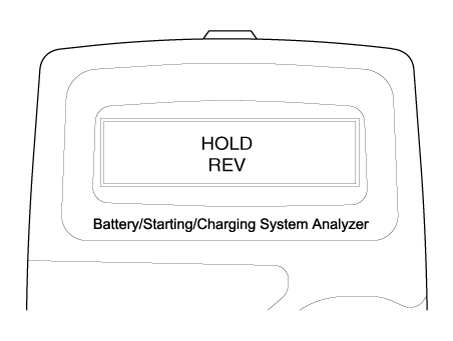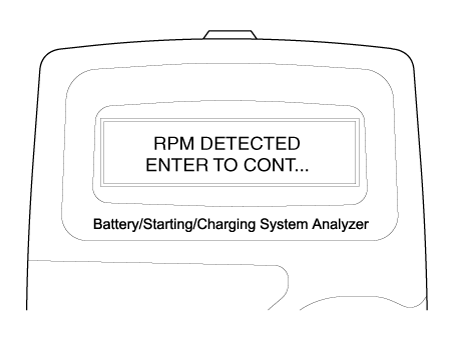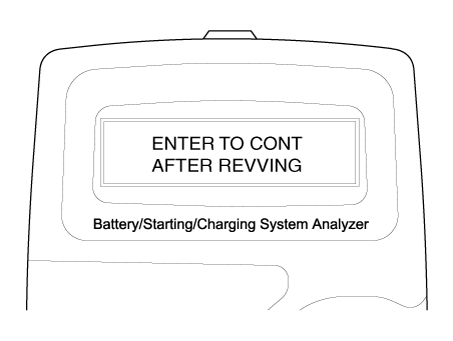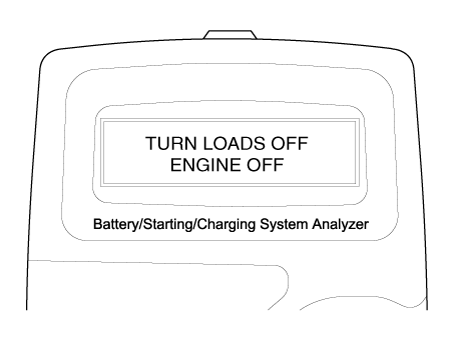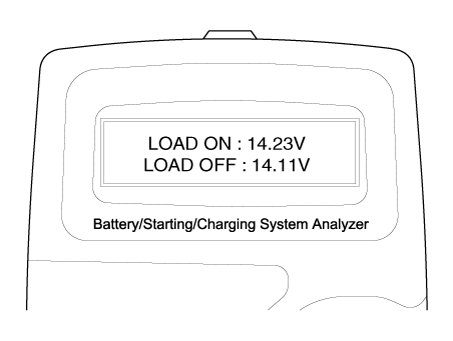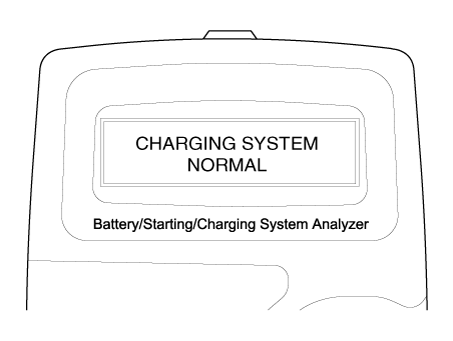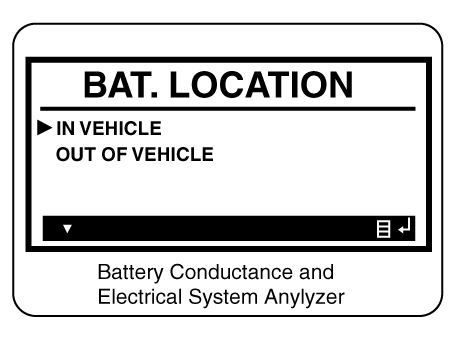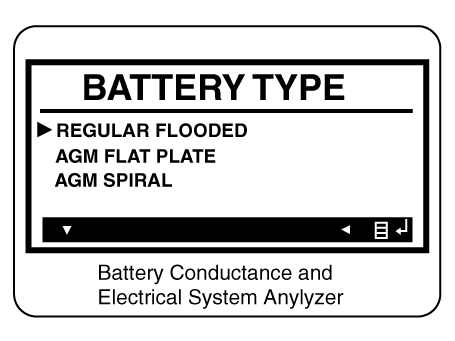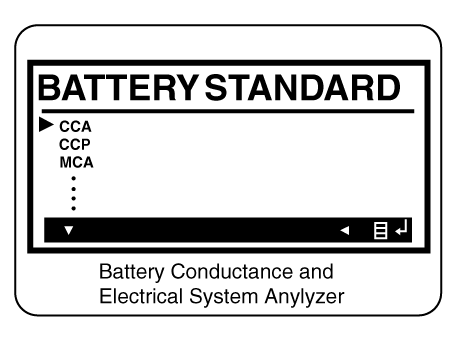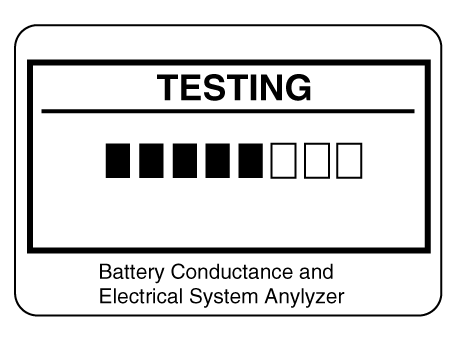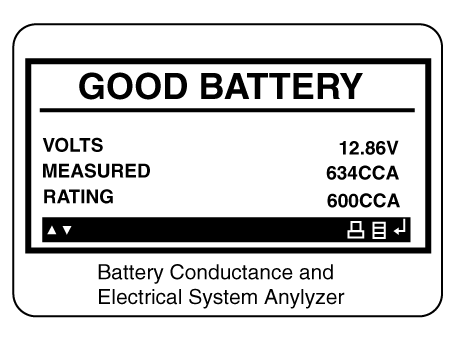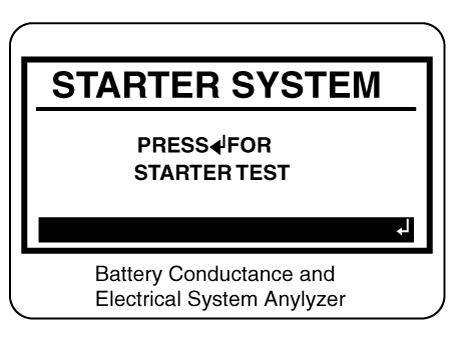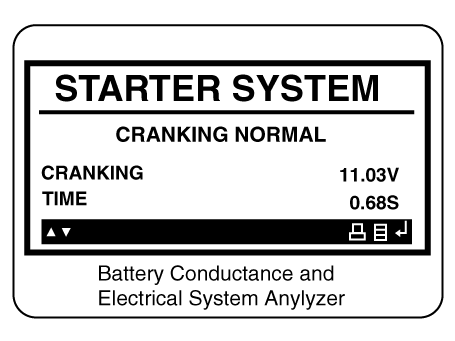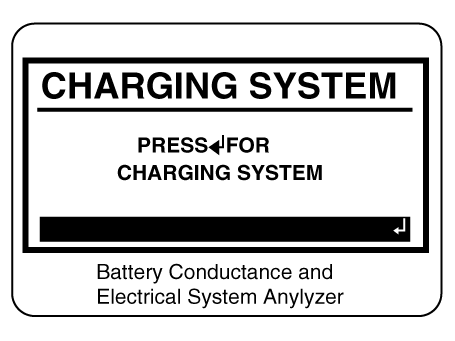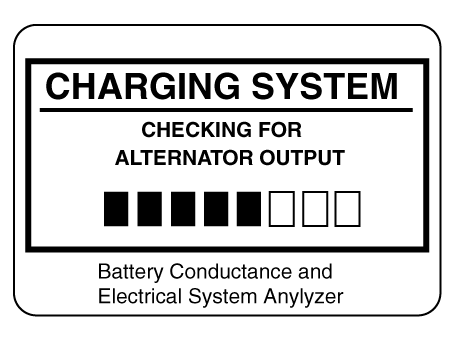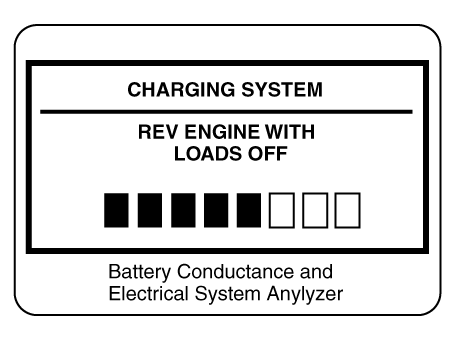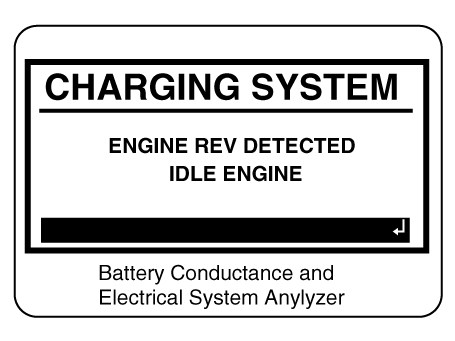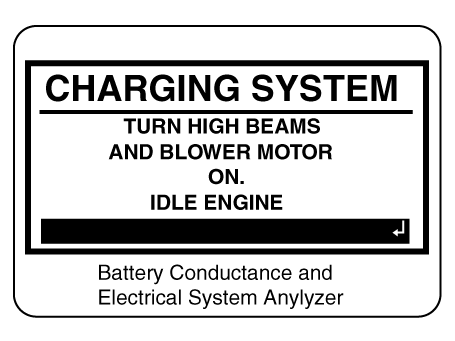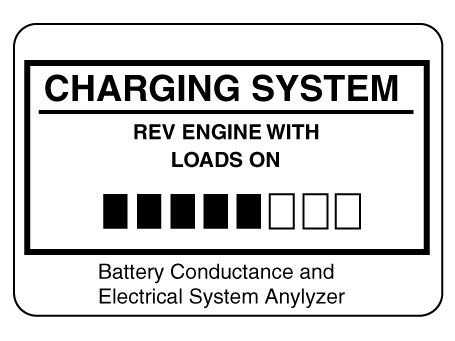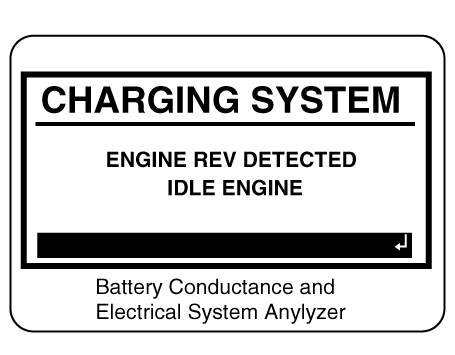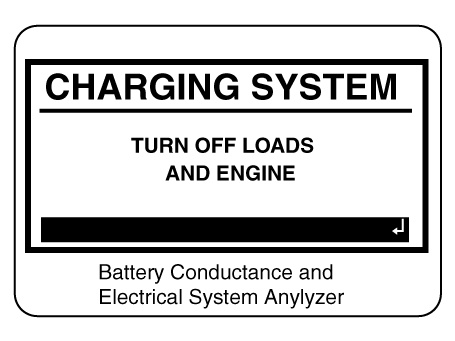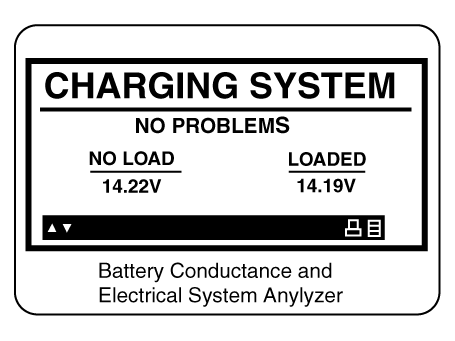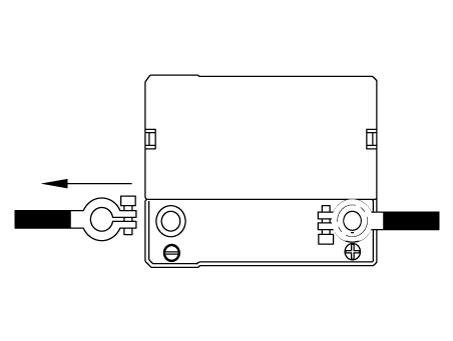Hyundai Santa Fe: Charging System / Battery. Repair procedures
Hyundai Santa Fe (TM) 2019-2025 Service Manual / Engine Electrical System / Charging System / Battery. Repair procedures
| Removal |
Battery
| 1. |
Turn the ignition switch OFF and disconnect the battery (-) terminal
(A).
|
| 2. |
Disconnect the battery (+) terminal (A).
|
| 3. |
Remove the battery mouting bracket.
|
| 4. |
Remove the battery (A).
|
Battery Tray
| 1. |
Remove the battery.
|
| 2. |
Remove the air cleaner assembly.
(Refer to Engine Mechanical System - "Air Cleaner")
|
| 3. |
Remove the engine control module (ECM).
(Refer to Engine Control / Fuel System - "Engine Control Module (ECM)")
|
| 4. |
Remove the battery tray (A).
|
| Installation |
| 1. |
Install in the reverse order of removal.
|
| Inspection |
Battery Condition
Check the battery for damage or deformation. If severe damage, deformation or
leakage is found, replace the battery.
Vehicle parasitic current inspection
[Using the Ammeter]
| 1. |
Turn the all electric devices OFF, and then turn the ignition switch
OFF.
|
| 2. |
Close all doors except the engine hood, and then lock all doors.
|
| 3. |
Wait a few minutes until the vehicle’s electrical systems go to sleep
mode.
|
| 4. |
Connect an ammeter in series between the battery (-) terminal and the
ground cable, and then disconnect the clamp from the battery (-) terminal
slowly.
|
| 5. |
Read the current value of the ammeter.
|
[Using the Clamp type Ammeter]
| 1. |
Turn the all electric devices OFF, and then turn the ignition switch
OFF.
|
| 2. |
Close all doors except the engine hood, and then lock all doors.
|
| 3. |
Wait a few minutes until the vehicle’s electrical systems go to sleep
mode.
|
| 4. |
Install the clamp type ammerter on battery negative (-) terminal.
|
| 5. |
Read the current value of the ammeter.
|
| The Micro 570 Analyzer |
The Micro 570 Analyzer provides the ability to test the charging and starting
systems, including the battery, starter and alternator.
※ Because of the possibility of personal injury, always use extreme
caution and appropriate eye protection when working with batteries.
※ When charging battery by test result, Battery must be fully charged.
To get accurate test result, battery surface voltage must have subsided
ahead before test when you test battery after charged. (See following
Battery Test Results)
|
Keypad
The Micro 570 button on the key pad provide the following functions :

Battery Test Procedure
| 1. |
Connect the tester to the battery.
|
| 2. |
The tester will ask if the battery is connected "IN-VEHICLE" or "OUT-OF-VEHICLE".
Make your selection by pressing the arrow buttons; then press ENTER.
|
| 3. |
Select CCA and press the ENTER button.
|
| 4. |
Set the CCA value displayed on the screen to the CCA value marked on
the battery label by pressing up and down buttons and press ENTER.
|
| 5. |
The tester will conduct battery test.
|
| 6. |
The tester displays battery test results including voltage and battery
ratings.
Refer to the following table and take the appropriate action as recommended
by the Micro 570.
Battery Test Results
[Charge and Retest method after battery charge]
Battery charge
Set battery charger to ‘Auto Mode’ (The Mode that charging current drops
as the battery charges.) and charge battery until charging current down
close to zero or the charger alerts you with an alarm when charge is
complete.
(Minimum charging time recommended: More than 3 hours with Auto Mode
that explained above)
Battery Test after charge
Do not test battery right after the charge. Test battery after battery
surface voltage has subsided as instructed in the following procedure.
Starter Test Procedure
|
| 7. |
After the battery test, press ENTER immediately for the starter test.
|
| 8. |
Start the engine.
|
| 9. |
Cranking voltage and starter test results will be displayed on the screen.
Refer to the following table and take the appropriate action as recommended
by the Micro 570.
Starter Test Results
Charging System Test Procedure
|
| 10. |
Press ENTER to begin charging system test.
|
| 11. |
The tester displays the actual voltage of alternator.
Press ENTER to continue.
|
| 12. |
Turn off all electrical load and rev engine for 5 seconds with pressing
the accelerator pedal. (Follow the instructions on the screen)
|
| 13. |
The message that engine RPM is detected will be displayed on the screen.
Press ENTER to continue.
|
| 14. |
If the engine RPM is not detected, press ENTER after revving engine.
|
| 15. |
The tester will conduct charging system test during loads off.
|
| 16. |
Turn on electrical loads (air conditioner, lamps, audio and etc). Press
ENTER to continue.
|
| 17. |
The tester will conduct charging system test during loads on.
|
| 18. |
Rev engine for 5 seconds with pressing the accelerator pedal. (Follow
the instructions on the screen)
|
| 19. |
The message that engine RPM is detected will be displayed on the screen.
Press ENTER to continue.
|
| 20. |
If the engine RPM is not detected, press ENTER after revving engine.
|
| 21. |
Turn off electrical loads (air conditioner, lamps, audio and etc). Turn
the engine off.
|
| 22. |
Charging voltage and charging system test results will be displayed
on the screen.
Shut off engine end disconnect the tester clamps from the battery. Refer
to the following table and take the appropriate action as recommended
by the Micro 570.
Charging System Test Results
|
The MDX-670P Analyzer
The MDX-670P battery conductance and electrical system analyzer tests batteries
as well as starting and charging systems for vehicle.
It displays the test results in seconds and features a built-in printer to provide
a copy of the results.
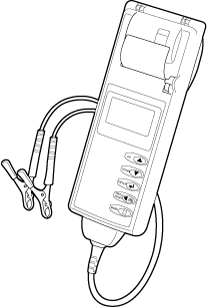
|
|

| 1. |
Connect the red clamp to the positive (+) terminal and the black clamp
to the negative (–) terminal.
|
| 2. |
Scroll to and select IN VEHICLE or OUT OF VEHICLE for a battery not
connected to a vehicle.
|
| 3. |
Scroll to and select REGULAR FLOODED, AGM FLAT PLATE, or AGM SPIRAL
where applicable.
|
| 4. |
Scroll to and select the battery’s rating system.
|
| 5. |
Set the selected rating value displayed on the screen to the value marked
on the battery label by pressing up and down arrow buttons.
|
| 6. |
Press ENTER to start test.
|
| 7. |
After several seconds the tester displays the decision on the battery’s
condition and the measured voltage. The tester also displays your selected
battery rating and the rating units.
Battery Test Results
[Charge and Retest method after battery charge]
Battery charge
Set battery charger to ‘Auto Mode’ (The Mode that charging current drops
as the battery charges.) and charge battery until charging current down
close to zero or the charger alerts you with an alarm when charge is
complete.(Minimum charging time recommended: More than 3 hours with
Auto Mode that explained above)
Battery Test after charge
Do not test battery right after the charge. Test battery after battery
surface voltage has subsided as instructed in the following procedure.
|
| 8. |
Press the ENTER button to proceed with the starter test.
|
| 9. |
Start the engine when prompted.
|
| 10. |
The tester displays the decision on the starter system, cranking voltage,
and cranking time in milliseconds.
Starter Test Results
Step 3 : Charging System Test
|
| 11. |
Press the ENTER button to proceed with the charging test.
|
| 12. |
Rev the engine with loads off. (Following the on-screen prompts)
|
| 13. |
The message that engine RPM is detected will be displayed on the screen,
idle the engine.
|
| 14. |
Turn on electrical loads (air conditioner, lamps, audio and etc). Press
ENTER to continue.
|
| 15. |
Turn on electrical loads (air conditioner, lamps, audio and etc). Press
ENTER to continue.
|
| 16. |
The message that engine RPM is detected will be displayed on the screen,
idle the engine.
|
| 17. |
Turn off loads and engine.
|
| 18. |
The Charging System decision is displayed at the end of the procedure.
|
| 19. |
Press the BACK/PRINT button to print the test results or MENU to return
to the Options Menu.
|
| Cleaning |
| 1. |
Make sure that the ignition switch and all accessories are in the OFF
position.
|
| 2. |
Disconnect the battery cables (negative first).
|
| 3. |
Remove the battery from the vehicle.
|
| 4. |
Inspect the battery tray for damage caused by the loss of electrolyte.
If acid damage is present, it will be necessary to clean the area with
a solution of clean warm water and baking soda. Scrub the area with
a stiff brush and wipe off with a cloth moistened with baking soda and
water.
|
| 5. |
Clean the top of the battery with the same solution as described above.
|
| 6. |
Inspect the battery case and cover for cracks. If cracks are present,
the battery must be replaced.
|
| 7. |
Clean the battery posts with a suitable battery post tool.
|
| 8. |
Clean the inside surface of the terminal clamps with a suitable battery
cleaning tool. Replace damaged or frayed cables and broken terminal
clamps.
|
| 9. |
Install the battery in the vehicle.
|
| 10. |
Connect the cable terminals to the battery post, making sure tops of
the terminals are flush with the tops of the posts .
|
| 11. |
Tighten the terminal nuts securely.
|
| 12. |
Coat all connections with light mineral grease after tightening.
|
 Battery. Specifications
Battery. Specifications
Specification
▷ CMF68L-DIN
Item
Specification
Model type
CMF68L-DIN
Capacity [20HR/5HR] (AH)
68 / 54
Cold Cranking Amperage (A)
600
Reserve Capacity (Min)
110
Specific Gravity
1...
 Battery Sensor. Description and operation
Battery Sensor. Description and operation
Description
Vehicles have many control units that use more electricity. These units control
their own system based on information from various sensors...
Other information:
Hyundai Santa Fe (TM) 2019-2025 Owner's Manual: Interior light replacement
Map lamp (LED/Bulb type), Room lamp (LED type) If the map lamp (LED/Bulb) (1) and the room lamp (LED type) (1) do not operate, we recommend that the system be checked by an authorized HYUNDAI dealer. Room lamp, Sunvisor lamp, Glove box lamp and Luggage compartment lamp (Bulb type) 1...
Hyundai Santa Fe (TM) 2019-2025 Service Manual: Intake Actuator. Repair procedures
Inspection 1. Turn the ignition switch OFF. 2. Disconnect the intake actuator connector. 3. Verify that the intake actuator operates to the fresh air position when connecting 12V to terminal 3 and grounding terminal 7...
Categories
- Manuals Home
- 4th Generation Santa Fe Owners Manual
- 4th Generation Santa Fe Service Manual
- Instrument cluster
- Warning and indicator lights
- Instrument panel overview
- New on site
- Most important about car
Air bag collision sensors
WARNING
To reduce the risk of an air bag deploying unexpectedly and causing serious injury or death:
Do not hit or allow any objects to impact the locations where air bags or sensors are installed. Do not perform maintenance on or around the air bag sensors. If the location or angle of the sensors is altered, the air bags may deploy when they should not or may not deploy when they should. Installing bumper guards with nongenuine Hyundai or non-equivalent parts may adversely affect the collision and airbag deployment performance. Press the Engine Start/Stop button to the OFF or ACC position and wait for 3 minutes when the vehicle is being towed to prevent inadvertent air bag deployment. Have all air bag repairs performed by an authorized HYUNDAI dealer.
Copyright © 2025 www.hsafe4.com


